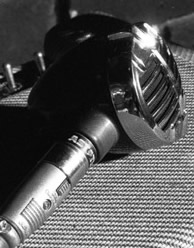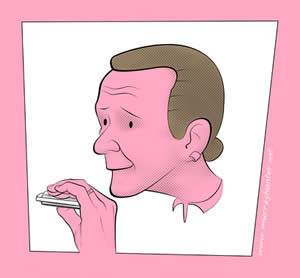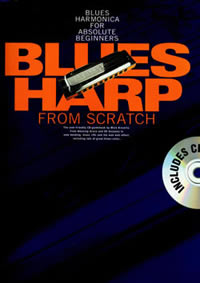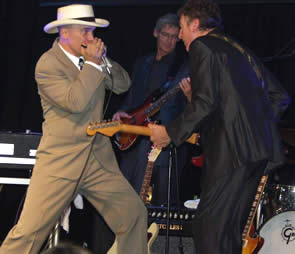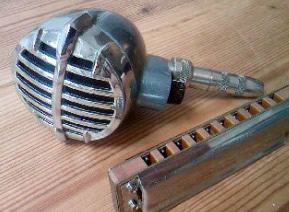Riding On The L&N – Mark Feltham [..with tab]
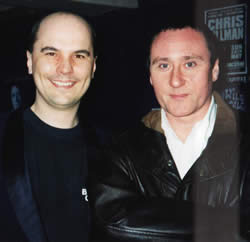 You can imagine sittin’ at Tulse ‘ill can’t ya!
You can imagine sittin’ at Tulse ‘ill can’t ya!
I first encountered this barnstorming track on 9 Below Zero‘s debut Live At The Marquee album (A&M) when it hit UK record stores in 1980. The band had already raised heads with its eponymous EP a few months earlier (originally on M&L records featuring Pack Fair And Square, Rocket 88, Last Night and Tore Down). Their new LP bowled in, tweaked noses and blew everyone away. My copy flew onto the bedroom turntable straight from its jacket and there it stayed for months. Of the fourteen tracks that received a daily spin, L&N, Pack Fair And Square and Swing Job went straight to the top of the ‘I want to play harp like that‘ list. It was a tall order, but through trial and error the decoding process slowly took shape. Read more

